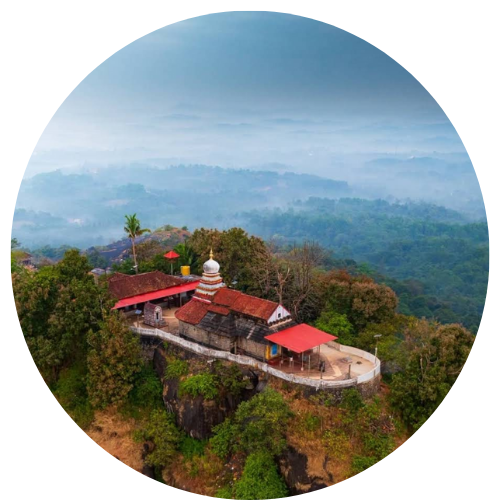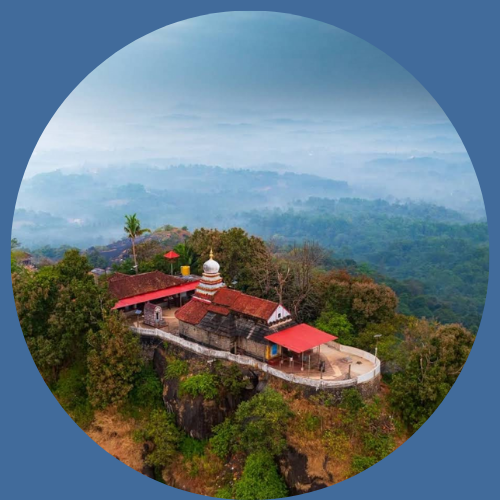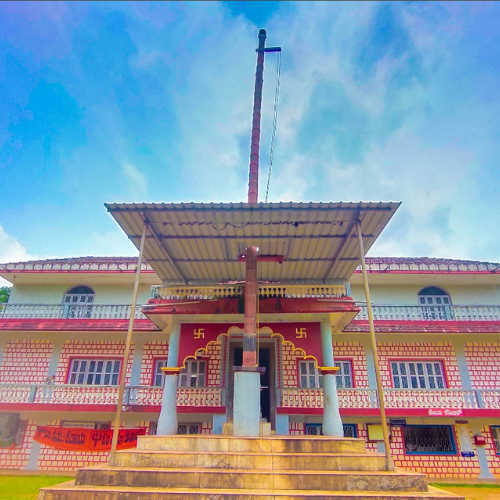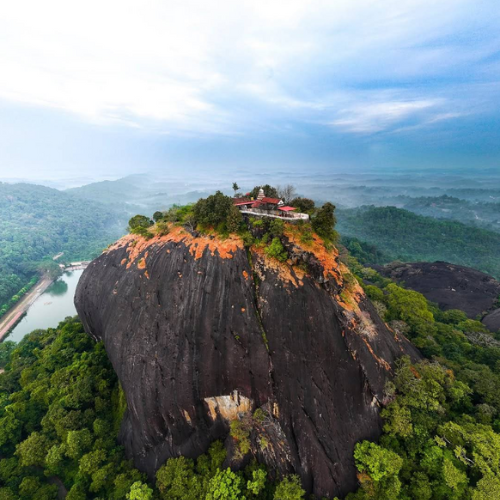Timeless Tales--From Ramayana to Today – Why This Hill Remains Sacred Across All Eras
Sri Karinjeshwara Temple is not just a temple; it is a living legend rooted deeply in India’s spiritual heritage. What makes this shrine extraordinary is the belief that it holds religious importance in all four Yugas — Satya, Treta, Dvapara, and Kali Yuga.
In Satya Yuga, the earliest age, it is said that the Sapta Rishis (seven great sages) meditated on this hill, seeking blessings from Lord Shiva. Their deep tapas (penance) pleased Shiva, who manifested as Karinjeshwara, blessing the hill and declaring it a sacred space for all time.
During the Treta Yuga, when Lord Rama was exiled from his kingdom, legends say he passed through these very hills. Lord Hanuman, his faithful devotee, stayed in the forests nearby to guard the place. Even today, the presence of monkeys around the temple is believed to be a continuation of this divine protection.
In Dvapara Yuga, the Pandavas from the Mahabharata visited the hill during their exile. Arjuna is said to have meditated here to receive divine weapons, while Bheema performed food offerings (Annadana) to saints residing nearby.
Now, in Kali Yuga — the current era — the temple continues to attract thousands of devotees. The daily offering of food to monkeys, especially the leader “Karinja Dadda,” has become a unique and sacred ritual. These monkeys are treated as divine beings, and harming or disrespecting them is considered a grave sin.
Through the flow of time, from mythical warriors and sages to present-day devotees, this temple has remained a beacon of faith, energy, and devotion. The stories live on — not just in scripture, but in the very stones of the hill, the footsteps of pilgrims, and the stillness of the forest that surrounds it.




